When designing and marketing oral-care and medical devices for expectant mothers, pregnancy contraindications and noise level concerns are two often-overlooked yet critical factors. In this article, we explore six key areas to ensure devices perform effectively while protecting maternal and fetal health.
First, pregnancy brings significant changes in hormones, blood flow, and sensory sensitivity:
Thus, any device targeting pregnant users must first eliminate contraindicated features.
Next, both chronic and acute exposure to elevated noise levels poses risks:
Strictly controlling noise level concerns is therefore essential for maternal and fetal safety.Company web:https://www.powsmart.com/product/electric-toothbrush/
To validate noise performance, adhere to recognized standards:
Benchmarking against these standards provides data-driven assurance for pregnancy-safe use cases.
To mitigate noise level concerns, integrate these hardware measures:
By combining these techniques, devices can achieve whisper-quiet operation suitable for pregnant users.
In your B2B rollout, equip partners with:
Providing these resources ensures safe, confident use in clinical and home settings.
Finally, build a continuous improvement ecosystem:
Continual iteration will help B2B partners remain at the forefront of safe, low-noise pregnancy-compatible devices.
Conclusion
In pregnancy-focused oral-care and medical equipment, pregnancy contraindications and noise level concerns must be treated as inseparable priorities. By understanding maternal physiology, adhering to standards, optimizing design, delivering targeted training, and embracing smart monitoring, B2B manufacturers can offer products that are both highly effective and safely quiet for expectant mothers. For partnership inquiries on pregnancy-safe device development, please contact our company!
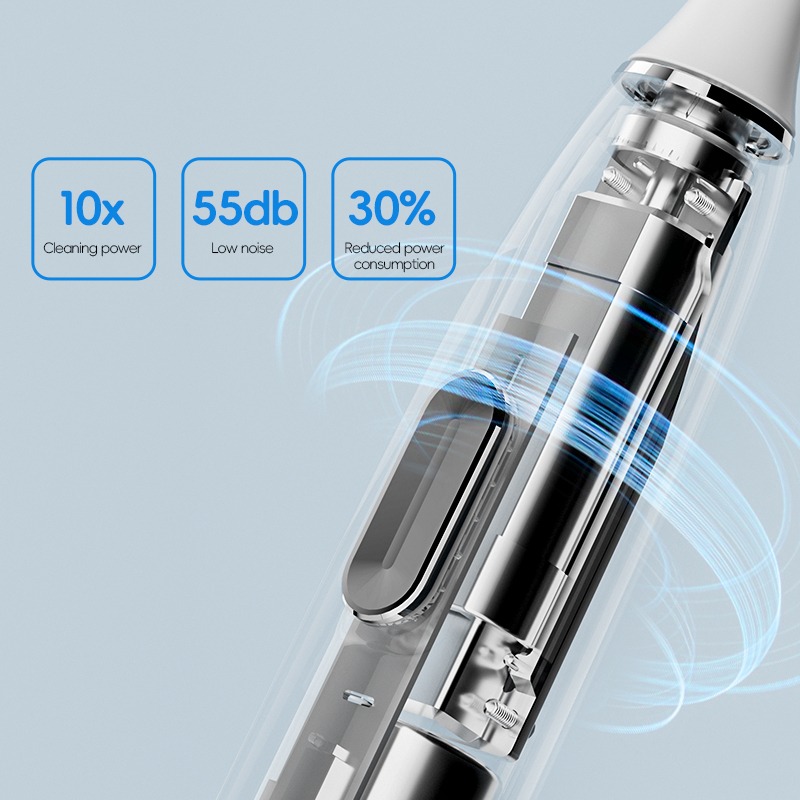
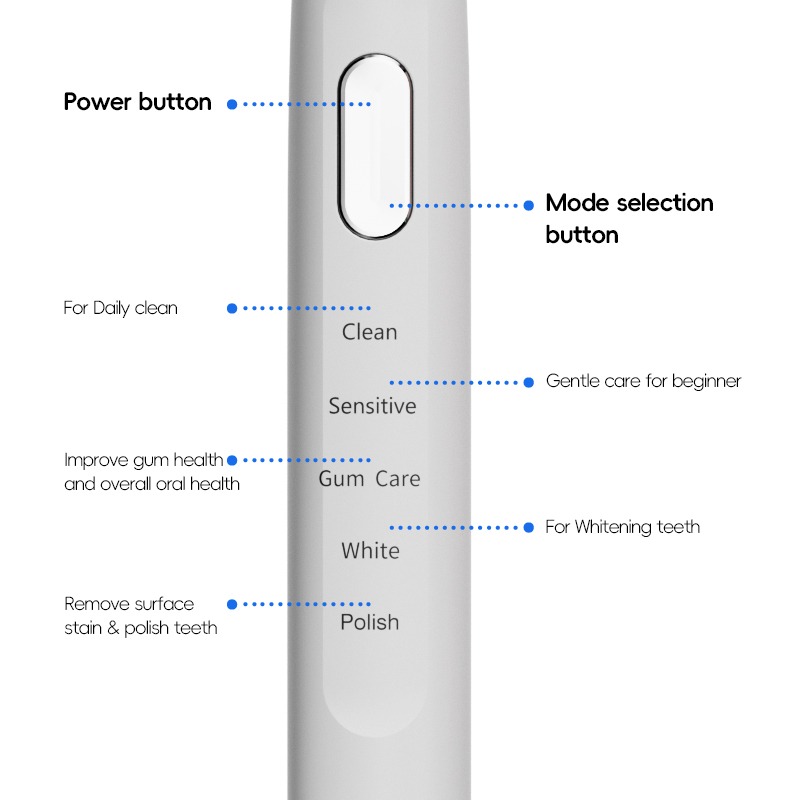
.jpg)
Overbrush Habit Causing Pulp Inflammation – Irreversible?
Slippery Electric Toothbrush Handles and Faulty Pressure Sensors: Solving Compatibility Issues?
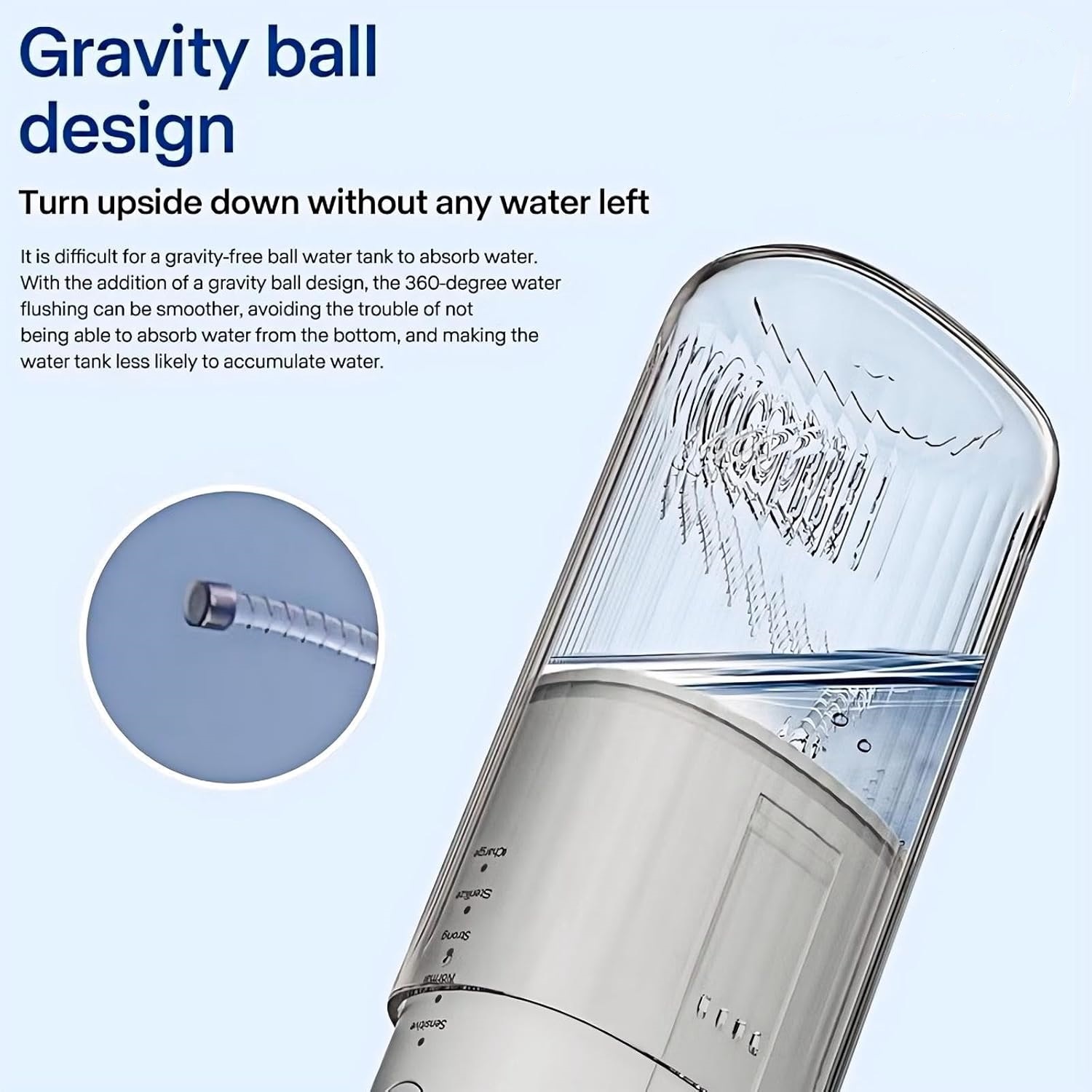
Analysis of Negative Reviews from Water Flosser Users: Factory-Side Solutions for Water Leakage, Loud Noise, and Unstable Pressure

FDA-Approved Antibacterial Bristles of Electric Toothbrush: A Safety Guide for Oral Care
.jpg)
Ergonomic Design in Electric Toothbrushes: OEM Best Practices
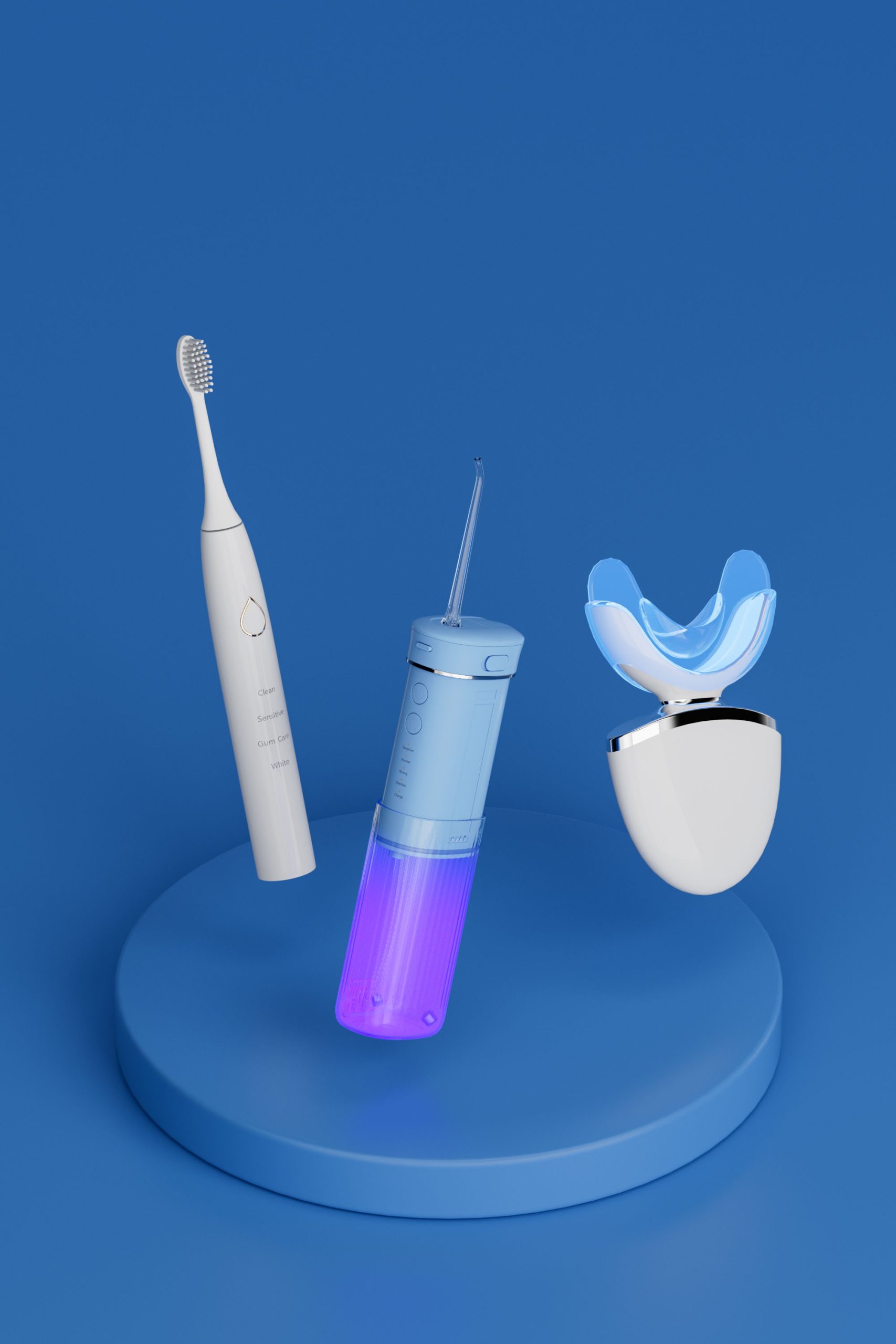
Why a Hindi brushing guide is essential for your First-time user guide

Improvement Record of Waterproof Defect of Water Flossers and the Latest Technical Solutions

Analysis of Differences in Preferences for Teeth Whitening Devices in the European and American Markets vs. Asian Markets

Light Therapy in Dentistry: The Rise of LED Teeth Whitening Systems
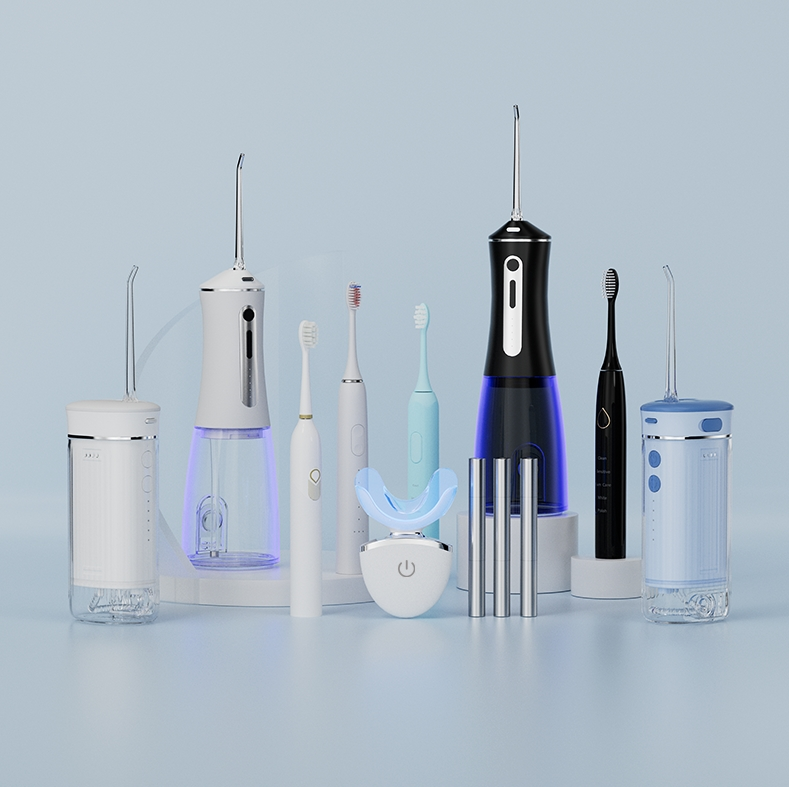
Electric Toothbrush Industry Report 2025: Growth Opportunities and Competition Analysis
.jpg)
Benefits of Travel-Friendly Water Flosser Design

Electric Toothbrush Wholesale Market Analysis: Some of the Best-Selling Models in 2025

What is the Electric Toothbrush Market Forecast?

Cost Structure Analysis and Risk Avoidance of Small Batch Trial Production for Whitening Teeth Devices
.jpg)
Real-Time Brushing Tracking: How Smart Toothbrushes Improve Oral Care

Small Batch Purchase of Red and Blue Light Teeth Whitening Devices and OEM Factory Sourcing Strategy

electric toothbrush heads Charcoal Infuse-Round

Electric toothbrush heads Charcoal Infused-Diamond

electric toothbrush heads Deep Clean
.jpg)
Florida Electric Toothbrush – Powsmart PTR-C8

electric toothbrush heads Ultra Soft

Private Label Whitening Gel

Customization Teeth Whitening Gel

electric toothbrush heads Regular Clean
whstapp
whstapp
National Toll-Free Service Hotline
+86 755 86238638